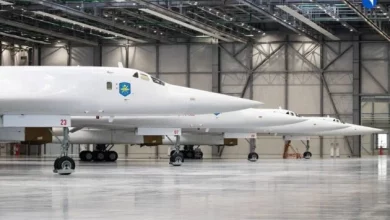US Approves $1.85B F-35 Sustainment Deal for Poland

The US State Department has approved a potential $1.85-billion foreign military sale of F-35 aircraft sustainment and related support to Poland.
Warsaw requested the purchase of the F-35 aircraft engine component improvement program, including major and minor modifications, spare parts, accessories, classified software, delivery, weapon system support, and other relevant elements of logistics and program support.
Ohio-based General Electric Aerospace is the principal contractor.
The proposed sale is intended to improve the reliability of the NATO ally’s F-35 fleet.
It follows Poland’s $3.8 billion F-16 fleet upgrade announced earlier this month, part of a broader military modernization amid the evolving security environment in Europe, primarily driven by the ongoing Russia-Ukraine war and threats from Moscow.
First in Eastern Europe
In 2019, Poland requested the purchase of 32 F-35A Lightning II aircraft manufactured by Lockheed Martin for an estimated $6.5 billion.
Following that, Warsaw underwent a series of firsts.
It became the first F-35 operator in Eastern Europe after the unveiling of its first aircraft in August 2024.
The country completed another milestone when a Polish fighter pilot flew the F-35 for the first time at Ebbing Air National Guard Base in Fort Smith, Arkansas, in February this year.
By May, the first batch of F-35 Polish Air Force pilots completed their training. They were also the first foreign servicemen to train at the air force base.





